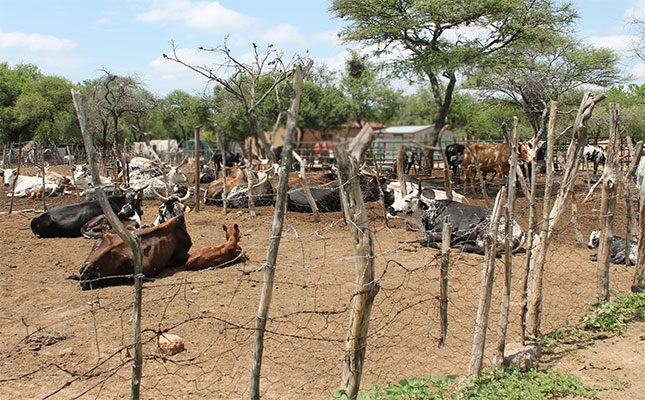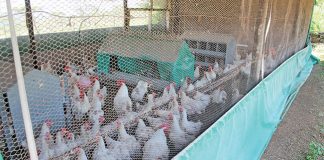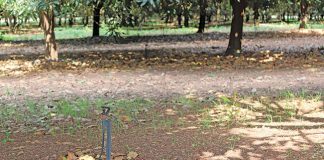
Many communal farmers prize horned cattle, as horns play a part in certain cultural and ritual slaughter practices. However, cattle with sharp horns can cause severe, price-reducing damage to other cattle. This happens particularly when cattle are loaded onto trucks or placed in handling facilities to receive medical and other treatment.
Horns also pose a risk of injury in a crowded feedlot, where cattle are in close proximity to one another. Feedlots are certainly not keen to spend extra money to dehorn calves and tend to downgrade weaners with horns.
Dehorning should be done as carefully as possible to avoid causing undue pain and stress to the calf. It should be carried out when the calf is still young (between two and three months old), as the horns are not yet fully developed and attached to the skull at this stage. In addition, younger and lighter animals are easier to handle and thus suffer less stress.
How to dehorn a calf
A useful tool for dehorning is a set of special rubber bands designed to be fitted to a calf. These cut off the blood supply to the horns, causing them to fall off after a while. Unfortunately, few farm supply stores keep these bands in stock. Here, then, are a number of other methods of dehorning:
The dehorning iron
This is a tool with a wooden handle and a length of steel attached to a horizontal steel cup just large enough to fit over the horn bud (the little bump on the head where the horn will later emerge).
Firmly secure the calf. Place the cup end of the tool into a gas flame or fire and heat it until red hot. Then press the cup as hard as possible against the horn bud, making a circular motion so that the cup also burns the base of the node (where it attaches to the skull) and at least 1cm of the surrounding skin right around the bud.
This is an effective method, as there is no bleeding that can often form scabs and attract flies (leading to maggots), a particular danger in summer.
A curved knife
Secure the calf well. Use a curved knife similar to a farrier’s knife to remove the horn bud in a swift motion. (The horn is not attached to the skull, remember.) Make certain that the blade is as sharp as possible and has been disinfected either in boiling water or with a disinfectant.
Cut in a neat circular motion and remove about 1cm of the surrounding skin that lies around the bud. If you do not remove this skin, the horn may regrow. Some bleeding will occur, but this should not continue for long.
Disinfect the wound. If you don’t have a disinfectant specifically for livestock, use Dettol, Savlon or something similar.
If bleeding continues, apply bandages infused with disinfectant. Also apply a healing oil or use an antibacterial and fungicidal wound spray that will repel flies and assist with rapid healing.
Reapply the spray every second day for about two weeks, monitoring the animal for
infection or maggot infestation.
Tipping of horns
If you have older calves or adult cattle that are aggressive and may cause damage, tip the horns. This requires the use of special wire; ask for this at your local farm supply store, and a salesperson will explain how it is used.
Remove no more than 4cm or 5cm of each horn tip. Taking off any more will cause excessive bleeding and open the horn canals; flies will then lay eggs in these and maggots will hatch.
With aggressive older cows, oxen, or bulls with sharp, forward-pointing horns, I tip each horn, then use coarse sandpaper to sand the edge into a harmless, rounded shape. This helps to reduce puncture wounds or cuts if the animals act aggressively towards one another.
If a tipped horn bleeds, treat it immediately with a disinfectant.
Before tipping any horns, make sure that you have infectants and bandage swabs on hand. Bleeding is always a possibility, even if you are careful. If the wound seems to be infected, consider using an injectable antibiotic.
Always make sure that the animal is well secured in a head clamp or with a rope so that it cannot be injured. This will also ensure your safety during such a procedure.
Shane Brody is involved in an outreach programme aimed at transferring skills to communal farmers.
WATCH How to dehorn cattle











